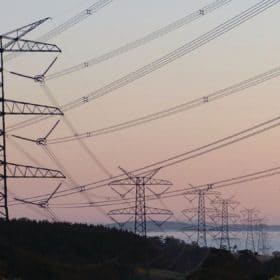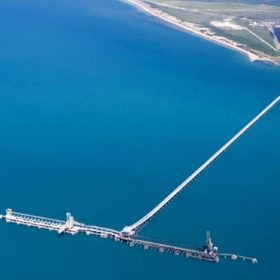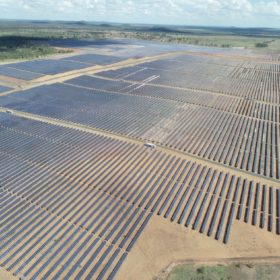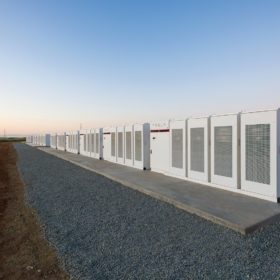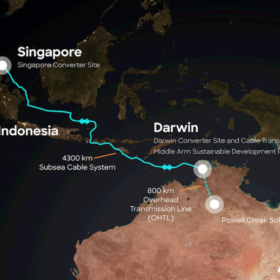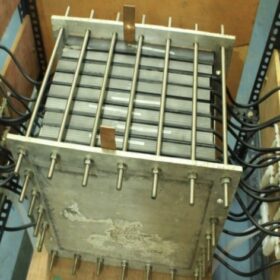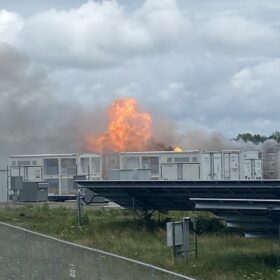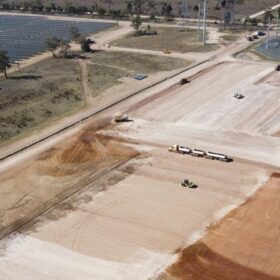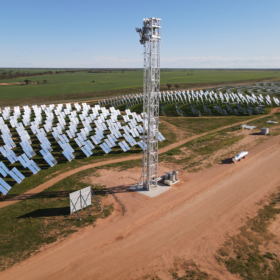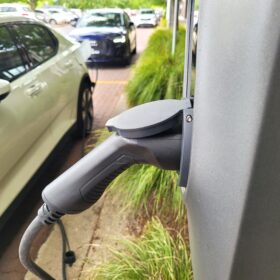AEMC proposes raising price caps to ensure market reliability over energy transition
The Australian Energy Market Commission (AEMC) has proposed increasing price caps on the country’s main electricity market. This is meant to allow investors to respond to fill gaps created by ageing coal generation.
Fortescue moves forward with hydrogen project in Prince George
Fortescue Future Industries (FFI), owned by mining giant Fortescue Metals, has submitted a proposal for a green hydrogen and ammonia production facility project in Canada’s British Columbia. Dubbed ‘Project Coyote’ the facility would be located in the city of Prince George in the centre of the Canadian province.
1 GW North Queensland hydrogen project gains a new international partner
Japanese company IHI Corporation, which specialises in green ammonia technology to decarbonise industry, has joined the consortium of companies developing the green hydrogen hub HyNQ – North Queensland Clean Energy Project.
Malaysian oil-backed company targets up to 8 GW in Australia, latest international player to invest multi-billions
Gentari, a subsidiary of Malaysian state-owned oil company Petronas, plans to build between 5 GW to 8 GW of solar, wind and battery projects in Australia by 2030. The ambition follows its acquisition and rebranding of Wirsol Energy, which marked the Malaysian company’s entry into the Australian renewable energy market.
300 MWh Amp Energy battery secures grid connection agreement in SA
Amp Energy’s 150 MW / 300 MWh battery storage project in Bungama, north of Adelaide, has secured a grid connection agreement with South Australia’s grid operator and owner ElectraNet.
SunCable sale complete, company lays out more subdued project scope
SunCable’s sale to Mike Cannon-Brookes’ Grok Ventures has today been completed, with the company flagging new project elements, including a subsea cable manufacturing and testing facility, as well as reiterating its vision of delivering bulk energy to Singapore via undersea cables.
Global flow battery market to grow at 22.8% annually
The global flow battery market will expand from USD 289 million in 2023 to USD 805 million by 2028, driven by increasing investments in renewable energy and flow batteries’ advantages over conventional products. The newly released report also highlighted Australia, noting the nation has numerous flow battery projects for various applications.
‘Make it burn’ and other lithium-ion first responder guidance
American Clean Power has published a guide for first responders on lithium-ion battery energy storage system emergencies, offering insights based on the 2023 NFPA 855 code revision.
Neoen targets 10 GW portfolio with multi-billion dollar spend
With more than 3 GW of large-scale solar, wind and battery storage capacity in operation or under construction, Neoen is already Australia’s biggest clean energy player but now the French developer is planning to triple its renewables capacity by 2030.
RayGen officially opens 4 MW ‘solar hydro’ power plant
Australian energy technology startup RayGen has officially opened a 4 MW solar and long-duration energy storage project in Victoria, describing it as the world’s “highest efficiency PV project” operating at utility scale.
